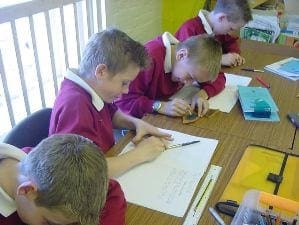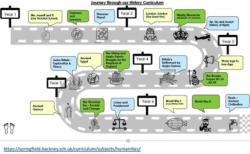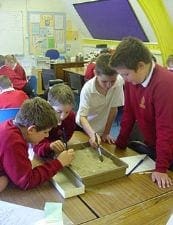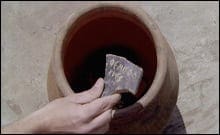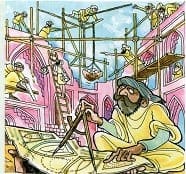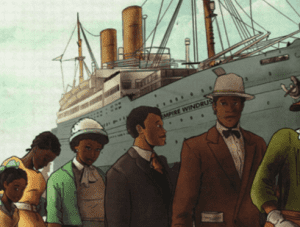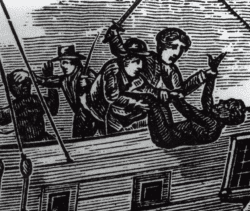
Having understood the nature of the transatlantic slave trade, and Britain’s role within it, pupils work in expert groups to interpret 18th century portraits and the light they shed on the lives of seven selected Black people who lived in Britain at the time.
Learning objectives
- Pupils can explain the nature of the transatlantic slave trade and how it worked to Britain’s benefit, as one of the world’s biggest slave-trading nations;
- they understand that more than three million people were forced into slavery by British traders;
- they can appreciate the extent of the horrific human suffering this caused to the Black Peoples of Africa;
- they grasp that whole islands such as Barbados were given over to sugar plantations because people in Britain had developed a ‘sweet tooth’;
- they can deduce from portraits the role Black people played in rich households;
- they grasp that Britons, including black campaigners, led the

